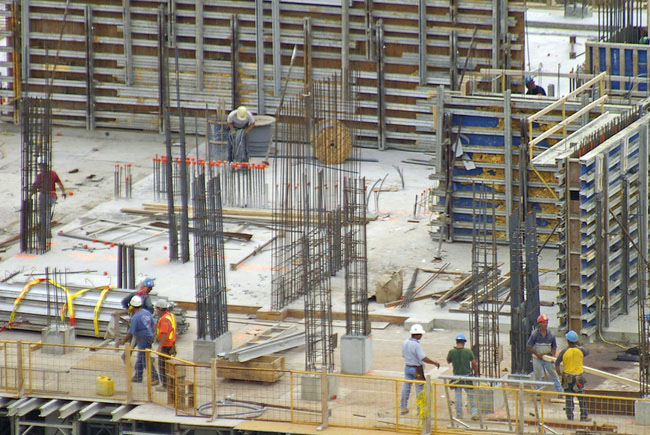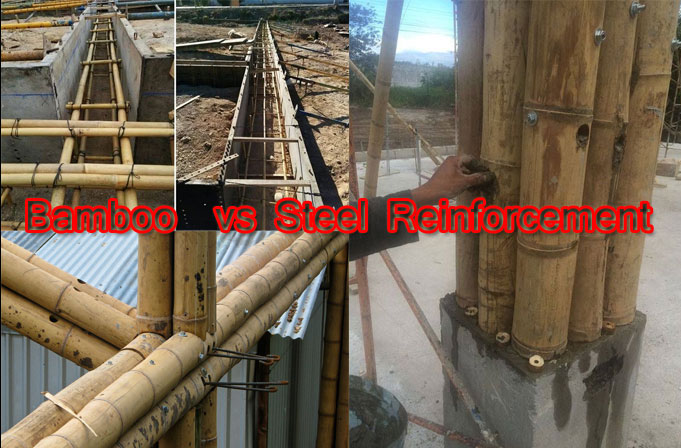Best Practices to set-up the Formwork
Fresh concrete needs to be kept in standard shape till it harden. Formwork achieve this purpose.
Let us see the best practices to set-up the formwork.
A good formwork to be rigid with the sufficient number of support to with stand all the load till the concrete hardens. Even though there are different variety of formwork. The generally used formwork in house building segment is made of wood and steel.
The wooden ballies of crops supporting the formwork should be kept truly vertical. The ballies should be 100 mm diameter mid height and 80 mm diameter at the end.
They should have a space of not more then 1 meter center to center and should rest on formbase.
The wooden planks of the mild steel sheet forming the cetering are to be properly aligned to the required lebel and dimensions.
Watch the full video of Best Practices to set-up the Formwork
The gaps between the planks/sheets are to be sealed with mastic tapes to prevent the leakage of slurry.
The soffits and sides of the beams – firmly held by suitable clamps or any other arrangement.
A thin film of shuttering oil or grease shall be applied on the surface of the formwork to ensure easy deshuttering.
Before placing the concrete soudust, wooden chipping, paper peaces etc…. if any, are to be removed from the formwork. The shuttering of the vertical faces of the beams should be removed first followed by shuttering forming bottom of slabs.
Lastly the shuttering forming bottom of beams should be removed. The centering upto a span of 4.5 m can be removed after 7 days.
Summary:
- Proper formwork is essential for concrete to harden in the desired shape & for it to become strong & durable.
- Make sure that the Formwork is robust.
- Ensure that the formwork is cleaned before placing concrete
- Formwork should be removed only after concrete attains sufficient strength






